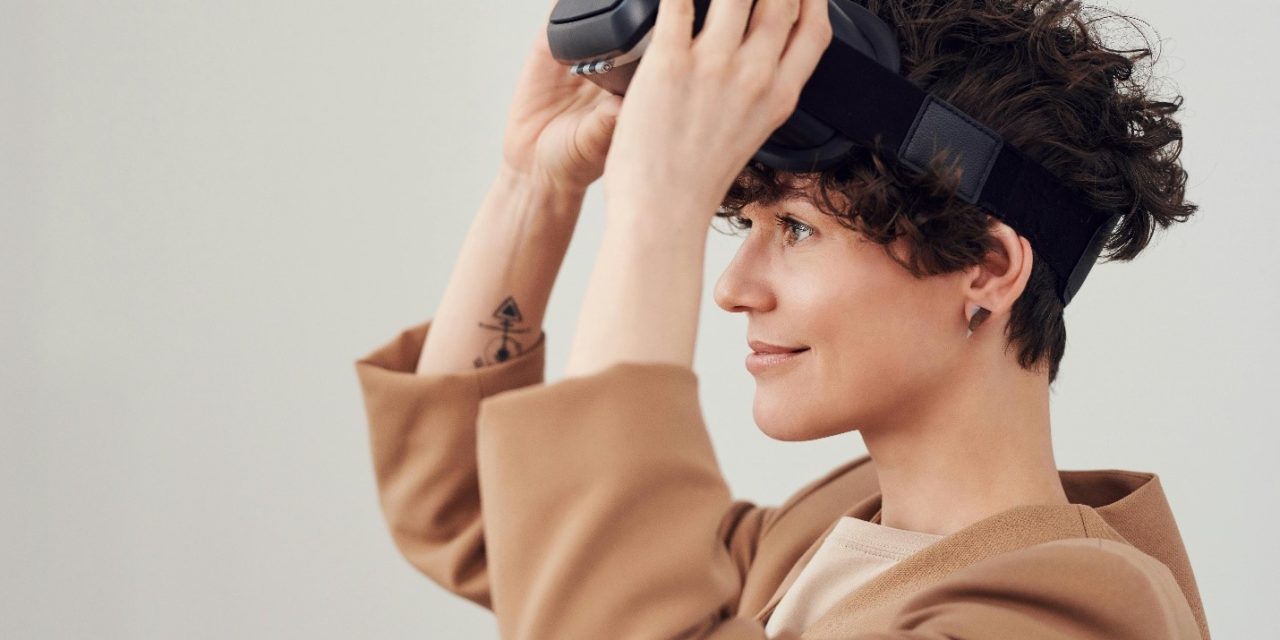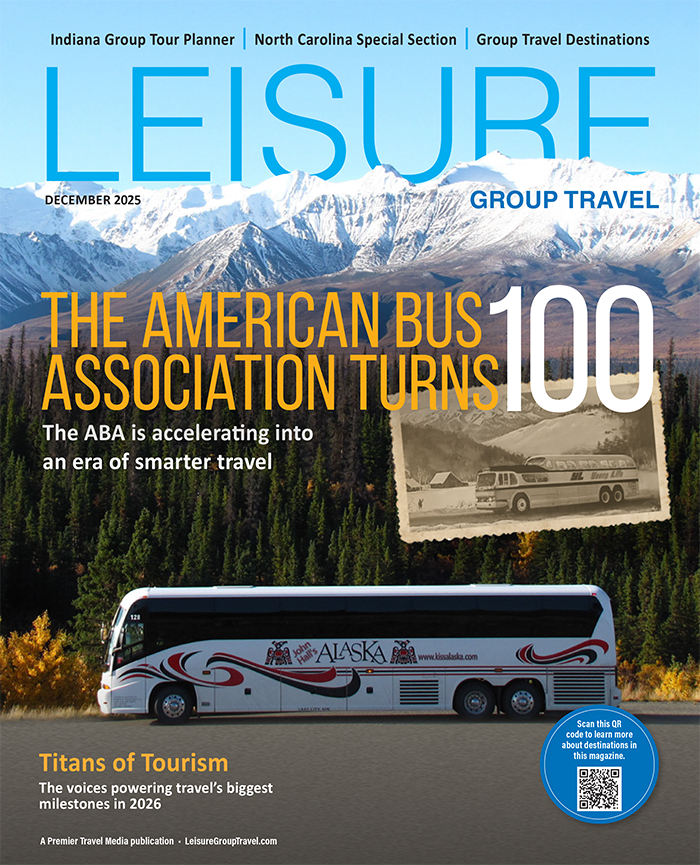In recent years, digital innovations in the travel sector have transformed how tourists experience their dream destinations.
One of these emerging technologies is virtual reality (VR). According to research from Market Data Forecast, the global virtual tourism market was worth $7.94 billion in 2023, with market researchers expecting further growth reaching $36.38 billion by 2029. Today, travel providers offer virtual tours using a collection of panoramic photos stitched together to create a virtual experience of destinations. This allows travelers to immerse themselves and experience locations, activities, and destinations conveniently.
Meanwhile, other travel providers also rely on virtual reality and smart technologies like robotics to collect data and generate hype around the company, improving PR and brand positioning. Other factors associated with this rapid market growth include continued technological advancements, lower product costs, increased gaming and entertainment solutions, and potential uses for virtual tours in healthcare.
Given shifting consumer demands, it’s natural to expect many more VR companies to hop onto the VR tourism bandwagon. If you’re looking to set up a VR travel business to meet this rising demand, there are some things to keep in mind. In this post, we’ll look at three things you’ll want to consider when setting up a VR tourism business:
Fit and comfort
Pupillary distance (PD) or interpupillary distance (IPD) is the distance between the centers of the pupils of your eyes. This distance is different for everyone, and it’s an important factor to consider when using VR headsets. The right pupillary distance measurement ensures that virtual images are aligned correctly, which helps provide a comfortable and immersive experience. On the other hand, ignoring the importance of PD in VR can lead to eye strain, headaches, and other discomforts. This is essential if you’re looking to supply VR headsets for your virtual travel offerings.
Fortunately, many tools are able to measure pupillary distance more accurately and conveniently. The OPTHY app from Luxottica Group, available for iOS devices, helps measure PD to ensure the perfect fit of VR headsets. The app meets industry guidelines for accuracy (ANSI Z80.1 and ISO21987) and is compatible with single-vision prescription lenses between -5D and +5D for those needing vision correction. By ensuring customers have the right PD measurements, you can prevent uncomfortable symptoms like VR-induced nausea and headaches, making the virtual travel experience more enjoyable.
Immersive activities
Another crucial factor of establishing your own VR tourism business is to capitalize on what virtual reality can do compared to traditional means of travel. For example, while providing cinematic and picturesque glimpses of destinations is certainly a good start, it’s important to keep travelers engaged and immersed in their preferred destinations, even if only virtually.
Beyond a 360° view of beach sands and the sea, for example, you may want to include a virtual underwater glimpse into the waters or a full virtual diving experience for enthusiasts. Today, VR activities are a great way for individuals with low mobility — like elderly adults — to engage in challenging or even impossible experiences, from seeing a Beethoven symphony from the front row to skydiving and racecar driving. When it comes to virtual reality, the sky’s the limit, so it’s important to make the most out of the technology by offering new and refreshing travel experiences.
“Try before you buy”
Finally, you can also think of your VR tourism business as supplementary to its traditional counterpart. Nowadays, many travel companies have invested in VR technology to establish a “try before you buy” business model, allowing users to virtually visit attractions in popular destinations like Paris, Dubai, and the Bahamas before they book their holidays. This is extremely useful as travel remains an expensive investment for many, so providing a virtual free trial can help.
Meanwhile, other travel and hospitality providers are also investing in virtual reality. Marriott Bonvoy created a virtual park in the battle royale game Fortnite metaverse to market four of its hotel brands. At the same time, Travelzoo is also working on its own in-house metaverse to enable time travel and impossible journeys to destinations like ancient Rome, Mars, Mt. Everest, and even Atlantis.
If you found this post insightful, you may enjoy our post on other cutting-edge innovations in the group travel sector, including AI and data analytics, as well as the use of social media influencers for marketing.






